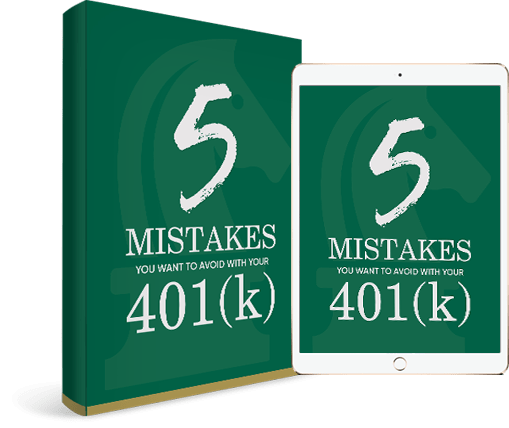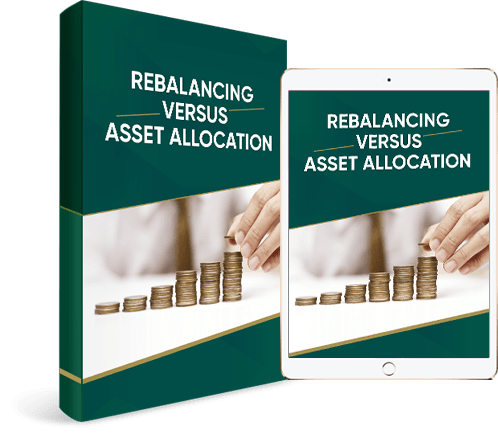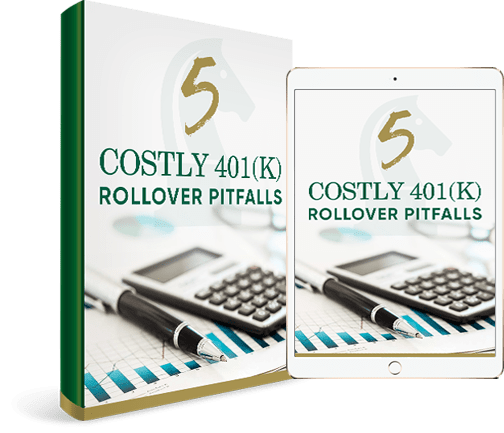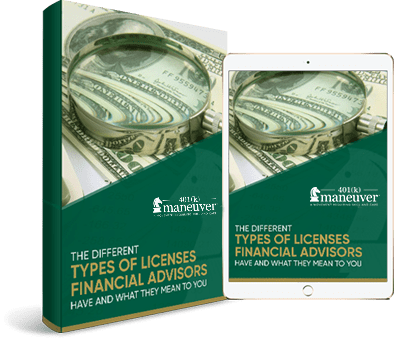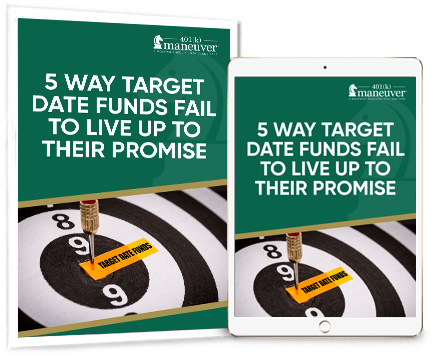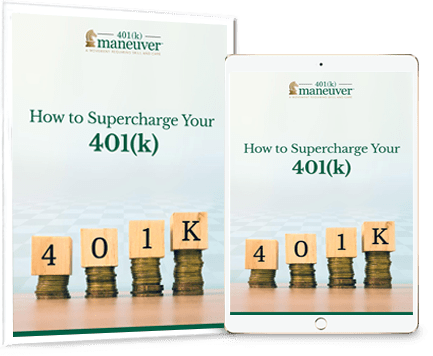
5 Ways to Jumpstart Retirement Savings after 30
In order to avoid stress and worry that come in the 40s and 50s from lack of planning (and working your plan), here are 5 ways you can jumpstart your retirement savings after 30.
#1 Have a Plan for Retirement

The 30s bring about major life events such as marriage, kids, a new house, and often a higher paying salary. It’s easy to get caught up in the excitement of our daily lives and ignore retirement planning.
The thinking that you can afford to put it off may have serious consequences later on.
It’s never too early to get clear on when you will retire and how much you’ll need for the lifestyle you desire.
Saving for retirement is a long game. The sooner you start, the better your chances are of ending ahead, or at least on track.
Check out our retirement calculator to see how much you’ll need at retirement, and calculate how professional help may improve your future retirement nest egg.
If you’re stuck, we recommend seeking third-party advice as soon as possible.
Action Items:
- If you don’t already have a plan in place, sit down and write out the answers to these questions:
- At what age do you want to retire?
- What do you want your retirement to look, feel, and be like?
- How much money will you need to have a fulfilling, comfortable retirement?
- And how much do you need to save right now to ensure you will reach your goal?
Your answers might change as you near retirement, but these help get a plan in place now and on the path to reaching your goals.
- Seek third-party advice to help craft a plan that will meet your goals and objectives. It doesn’t matter if you only have a few hundred saved or tens of thousands. Getting professional help now will save you stress and anxiety in the future.
- If your employer offers a 401(k), and you haven’t taken advantage of it, do so now.
#2 Open and Fund an IRA

Whether you have a 401(k) or similar workplace retirement plan or not, consider opening an Individual Retirement Account (IRA) to diversify your investment portfolio while reducing your taxable income.
If you’ve changed employers in the past and had a 401(k) with them, it’s likely you have some retirement savings accumulated. If the balance is over $5,000, you can take your 401(k) plan(s) from previous employers and roll them over into an IRA. This will make tracking retirement spending much easier.
If your old plan balance is between $1,000 and $5,000 and the company is forcing you out, they must help you set up an IRA.
However, if your balance is under $1,000, the company can issue you a check and force you out of their plan.
If you decide to fund an IRA or roll over an older 401(k) into an IRA, make sure you select a plan with the lowest fees. Or seek third-party advice to make the best rollover decision possible.
> Click here to discover the 5 Costly 401(k) Rollover Pitfalls.
Action Items:
- Seek third-party advice on which IRA option is right for you and open an account.
- If you have older 401(k) accounts from previous employers, talk to a third-party expert on what rollover options are best for you.
#3 Try to Maximize Annual Contribution Limits

Do what you can every year to maximize contribution limits on your 401(k) or other workplace retirement account. And, if you have an IRA, try to maximize that as well.
The annual contribution limit has been raised to $19,000 for 2019 for employees under 50 who participate in 401(k), 403(b), most 457 plans, and the federal government’s Thrift Savings Plan. This is $500 over 2018.
The maximum contribution for an IRA for people under 50 is $6,000–up $500 from 2018.
How much you can realistically contribute to your 401(k) depends on how much you earn and the amount of debt you carry, among other factors. Even if it’s a stretch, do what you can to save as close to the 401(k) and/or IRA contribution limits as possible.
Even if this means making cuts in monthly spending. It’s amazing how cutting daily lunches out at work or mowing your own yard can save each month.
If you want to jumpstart your savings after 30, contribute at least the minimum of what your company will match because it’s basically FREE money to you.
And, depending on what your company matches, it may double the amount of what you’re already saving.
Also, anytime you get a raise, reevaluate your monthly retirement savings contributions and increase the amount saved.
Action Items:
- Figure out how much you’re contributing to your 401(k) each pay period and see if it’s possible to save a minimum of $100 more.
- Review your monthly budget and spending habits. See what spending you can cut, and put that toward retirement savings.
- Contact your plan representative or HR department or visit your account online, and bump up the amount automatically saved each month.
Taking these steps now may potentially have a big impact on your income at retirement and prevent you from having to pick up additional jobs to make ends meet.
Focus on your financial future now, and your future self will thank you!
#4 Build an Emergency Fund

According to the US Federal Reserve, 4 in 10 adults would either not be able to cover $400 worth of unexpected expenses or would cover it by selling something or borrowing the money.
Having an emergency fund not only helps you cover unexpected expenses without stressing, but it also prevents going into debt if you have to use a credit card or borrow the money. And staying out of debt is one of the keys to reaching your financial goals for retirement as well as building wealth.
Doing this may help you significantly jumpstart your retirement savings after 30.
You might already be saving for retirement, but are you funding a rainy-day fund as well? If not, you should start now.
Experts advise people should save 10-15% of their income. If you’re putting 8% of your income into your 401(k) or other workplace retirement account, you should take the remaining 2-7% and fund a savings account for emergencies until the account is funded.
If you’re already saving 15% of your income, then find a way to put an additional 1-5% into your cash reserves.
Action Items:
- Decide how much you need in your emergency cash reserves. Experts advise a minimum of 3 months of living expenses saved.
- Figure out what percent of your income is currently going to savings. If it’s not between 10-15%, then figure out the difference needed and save that amount in your emergency reserve fund.
- Review your monthly budget. See what you can cut back on, and then stash the extra money in your emergency fund.
#5 Get Expert Advice

Just because you have decades until you retire doesn’t mean it’s not beneficial to seek thirty-party advice now. In fact, doing so sooner rather than later may have a significant impact on your retirement lifestyle. If you want to jumpstart your retirement savings after 30, then seek expert advice.
A recent Morningstar report shows that participants who received expert guidance had as much as 40% more income during retirement versus those who received no help at all.¹
Even if you have a couple thousand dollars saved, it’s worth finding an advisor who can help guide you.
Check out our retirement calculator to see how much you may have at retirement and calculate how professional help may improve your future retirement income.
If you’d like more tips on how to have more income at retirement, download our guide on How to Supercharge Your 401(k) Performance Today.
Sources:
- David Blanchet, Morningstar Analyst 2014, “The Impact of Expert Guidance on Participant Savings and Investment Behaviors”




